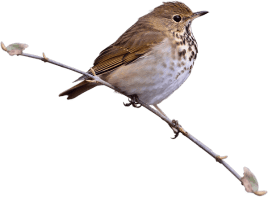Possibly. Some types of conservation easements may qualify for grant funding. If you sell a conservation easement, you will be paid for limiting the development rights on your land and/or agreeing to other conservation measures. Some landowners will sell an easement for less than its full value and then take a tax deduction for the rest.
The process of selling an easement can take several years, and funding is limited and often competitive. Money to buy easements comes from federal and state sources, including the Vermont Housing & Conservation Board, the USDA Natural Resources Conservation Service, and the federal Forest Legacy Program. Other funding can come from private foundations, municipal conservation funds, and individual donors.
Working farms and high-quality farmland are the most likely to be awarded funding. All types of farms are eligible, but only those most likely to stay in production are funded. This includes farms with good agricultural soil that are near markets or other conserved farms and that have good infrastructure and management practices. Very large tracts of forestland are also sometimes eligible, as is land important to a community, such as a town forest or sledding hill.
If we think that your property is a strong candidate for funding, we will guide you through the process. We will also recommend you consult an attorney and tax advisor before moving forward.


